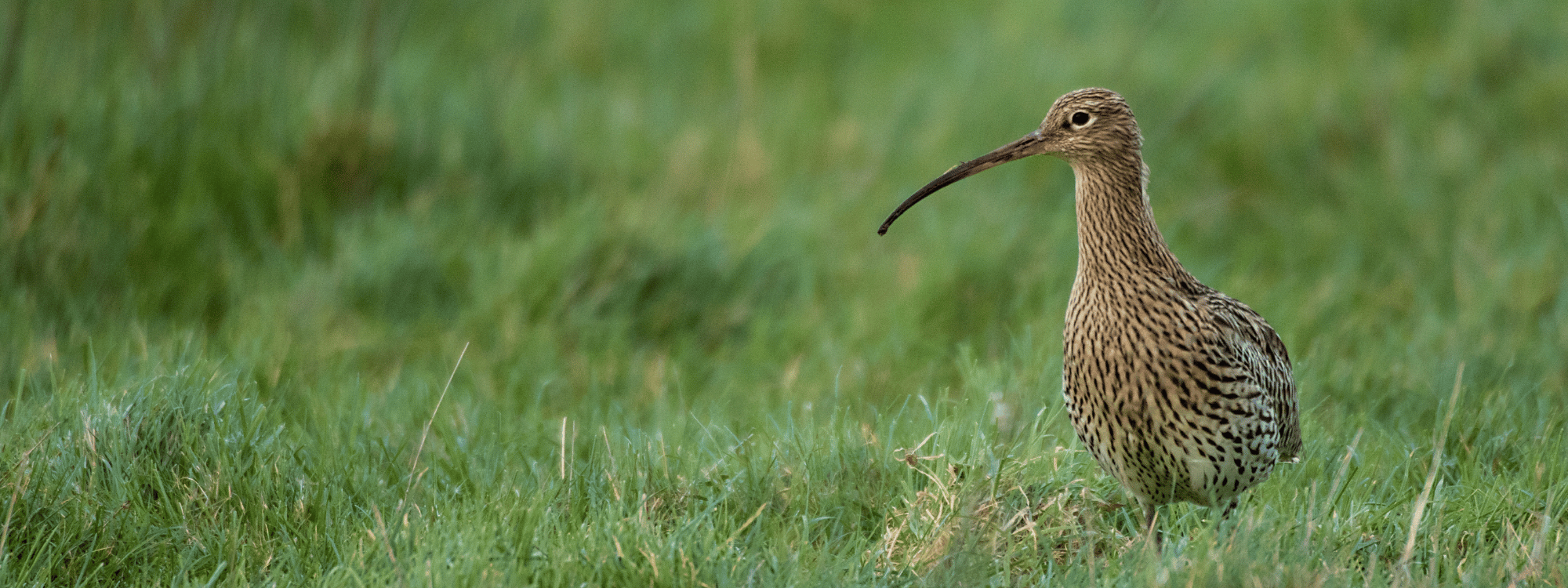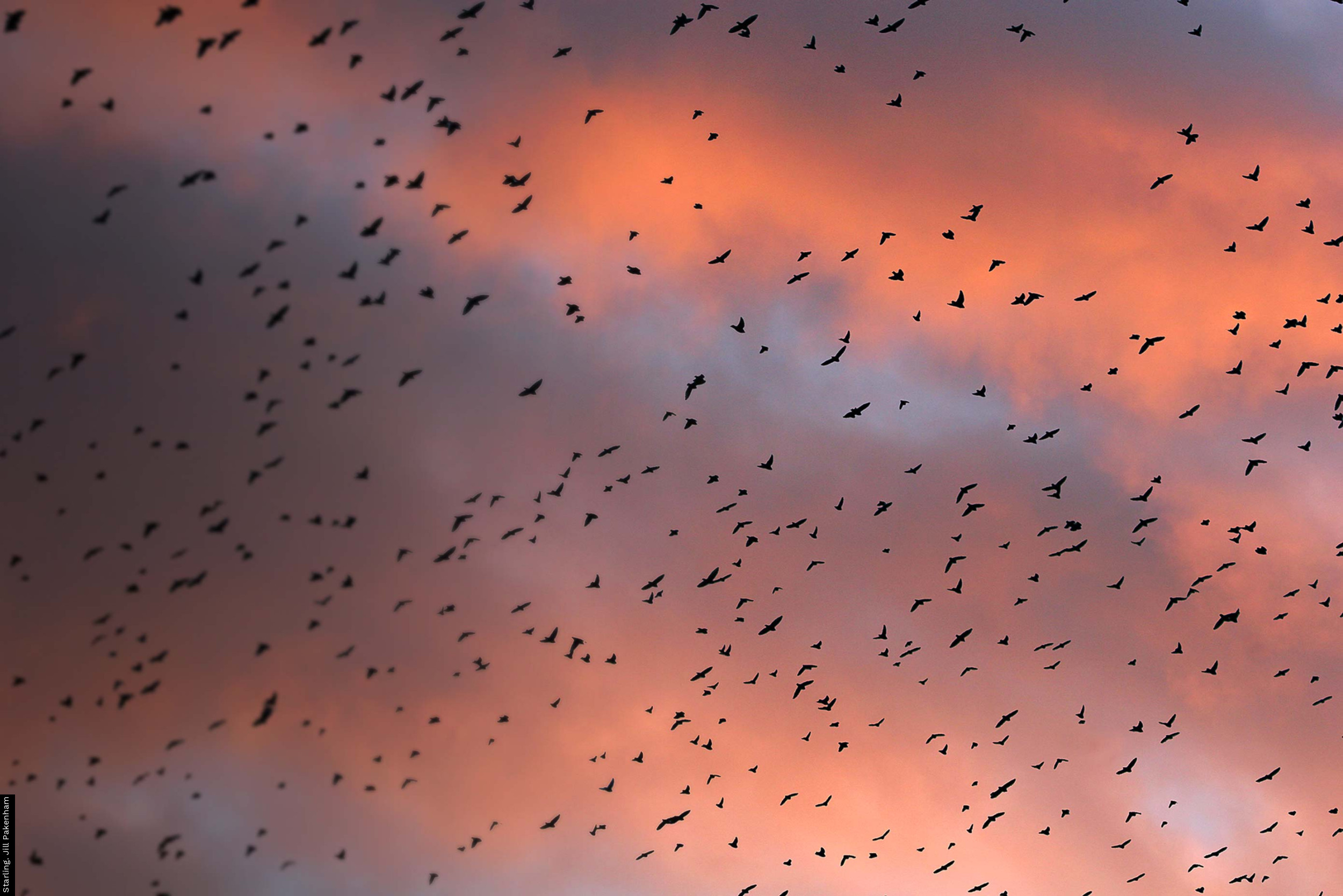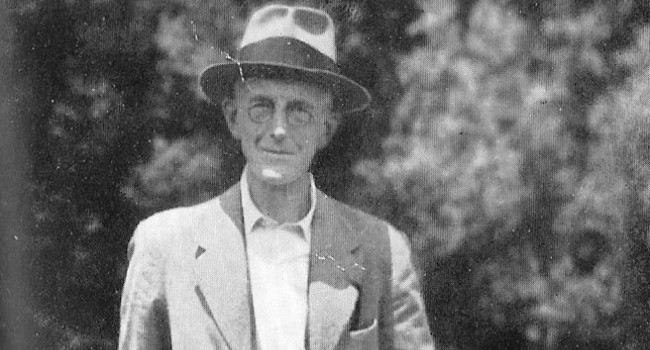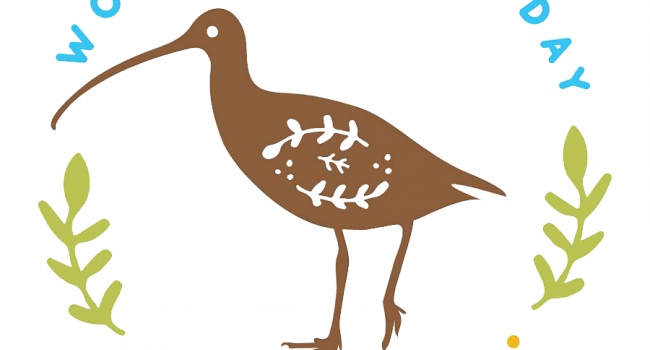Curlew Appeal
Please note that this appeal is now closed to donations. If you’d like to support our work, you can donate to a current appeal >
Summary
- Studies supported by the Curlew Appeal examined breeding and wintering Curlew population changes and identified Curlew breeding success as the main driver of population declines in the UK.
- Information about the drivers of declines can be used by conservation bodies, policy-makers and land managers to help restore Curlew populations.
- We have worked closely with farmers, gamekeepers and conservationists to develop robust methods for surveying waders and collecting data about their populations.
- Work funded by the Curlew Appeal underpins our current partnership programmes for waders with Natural England, NatureScot, national park authorities and others.
Why we launched the Curlew Appeal
The Curlew is one of our most rapidly declining breeding bird species.
The Breeding Bird Survey Report showed a 49% decline in breeding Curlew across the UK from 1995-2021, with this figure exceeding 50% in Wales and Scotland. It is now included on the UK Red List of Birds of Conservation Concern. The UK holds over one-quarter of the global population of breeding Curlew, and in response to the declines in the UK and Europe this lovely wader is now also listed as globally Near Threatened on the IUCN Red List.
The wintering population in the UK has also experienced significant declines. It originates largely from Fennoscandia, but also includes a significant proportion of UK-breeding birds, and has dropped by 15% in the last 25 years.
We launched the Curlew Appeal in 2015 to help fund work evaluating the causes of these population declines, a key first step to developing and implementing potential conservation interventions. Specifically, we wanted to improve our understanding of the factors affecting the breeding success and survival of Curlew, and consequently the species’ population and distributional change.
Findings of the Curlew Appeal research project
Together, the studies supported by the Appeal have provided a foundation for the evaluation of Curlew conservation interventions across the UK, and underpin our current work on waders with environmental organisations such as Natural England, NatureScot and national park authorities.
Breeding Curlew
Our assessment of BTO/JNCC/RSPB Breeding Bird Survey data identified nest predation and agricultural activity as the main causes of the Curlew’s drop in breeding abundance in Britain. We also conducted studies in Wales and supported a PhD studentship based at the University of East Anglia, which revealed how Curlew breeding success may be related to habitat.
We have also worked with partners across Europe to assess the effectiveness of conservation measures used to improve the breeding success of Curlew and other grassland breeding waders across the continent.
As a result of this work, we have been able to provide recommendations for potential conservation interventions, and information on the level of breeding success required to stabilise and reverse declines.
Wintering Curlew
Our review of BTO/RSPB/JNCC Wetland Bird Survey data helped us to assess the factors affecting changes in wintering Curlew populations at protected sites across the UK.
In particular, studies in Wales and a PhD studentship based at Hull University have helped us to understand the relative importance of intertidal and non-tidal habitats for the species, and have increased our understanding of the potential impacts of development, disturbance, and other pressures on wintering Curlew.
Wader survey development
We have worked closely with the Yorkshire Dales National Park Authority and the Bolton Castle Estate to test different wader survey methods with farmers and gamekeepers, to support the future collection of data about breeding Curlew. We also worked with local study groups to review existing local studies of breeding Curlew and other waders in Britain and Ireland.
In Scotland, efforts to gather and share information about wader projects are being continued by Working for Waders, and we have built on this work recently with the development of the Wader Hub.
Articles about our Curlew Appeal research
- The Curlew Appeal: the first year of research
- Supporting Curlew conservation and understanding wader declines
- World Curlew Day 2022: our work on Curlew
Scientific publications
Identifying the threats affecting UK Curlews
Franks, S.E., Douglas, D.J.T., Gillings, S. & Pearce-Higgins, J.W. 2017 Environmental correlates of breeding abundance and population change of Eurasian Curlew Numenius arquata in Britain. Bird Study 64: 393-409
Trialling wader survey methods in Wensleydale
Jarrett, D., Calladine, J., Wernham, C., Wilson, M. 2017. Monitoring Breeding Waders in Wensleydale: trialling surveys carried out by farmers and gamekeepers. BTO Research Report No. 703. BTO, Thetford
How effective are current wader conservation measures in Europe?
Franks S.E., Roodbergen M., Teunissen W., Carrington Cotton, A., Pearce‐Higgins, J.W. 2018. Evaluating the effectiveness of conservation measures for European grassland‐breeding waders. Ecology & Evolution 8: 10555-10568
Local Curlew studies audit
Wilson, M., Calladine, J. & Wernham, C. 2020. Audit of local studies of breeding Curlew and other waders in Britain and Ireland. BTO Research Report No. 727. BTO Scotland, Stirling
Using GPS technology to monitor Curlews
Bowgen, K.M., Dodd, S.G., Lidley, P., Burton, N.H.K. & Taylor, R.C. 2022. Curves for Curlew: Identifying Curlew breeding status from GPS tracking data. Ecology & Evolution 12: e9509
How is Curlew breeding success affected by land management methods?
Ewing, H., Franks, S., Smart, J., Burton, N. & Gill, J.A. 2022. Nest survival of threatened Eurasian Curlew (Numenius arquata) breeding at low densities across a human-modified landscape. Ibis 165: 753-766
Where should Curlew conservation be focused for the biggest benefits?
Cook, A.S.C.P., Burton, N.H.K., Dodd, S.G., Foster, S., Pell, R.J., Ward, R.M., Wright, L.J. & Robinson, R.A. 2021. Temperature and density influence survival in a rapidly declining migratory shorebird. Biological Conservation 260
What impact do winter conditions have on Curlew populations?
Woodward, I.D., Austin, G.E., Boersch-Supan, P.H., Thaxter, C.B. & Burton, N.H.K. 2022. Assessing drivers of winter abundance change in Eurasian Curlews Numenius arquata in England and Wales. Bird Study 68: 289-301
Curlew habitat use in winter months
Mander, L., Nicholson, I., Green, R., Dodd, S., Forster, R. & Burton, N. 2022. Individual, sexual and temporal variation in the winter home range sizes of GPS-tagged Eurasian Curlew Numenius arquata. Bird Study 69: 39-52
Long-term population trends of waders at coastal managed realignment sites
Mander, L., Scapin, L., Thaxter, C.B., Forster, R. & Burton, N.H.K. 2021. Long term changes in the abundance of benthic foraging birds in a restored wetland. Frontiers in Ecology and Evolution 9

Support more work like this
Our Curlew Appeal is now closed, but you can still support us.
Donating to one of our current appeals will help fund our vital work to secure a better future for birds, for nature and for people.






Share this page